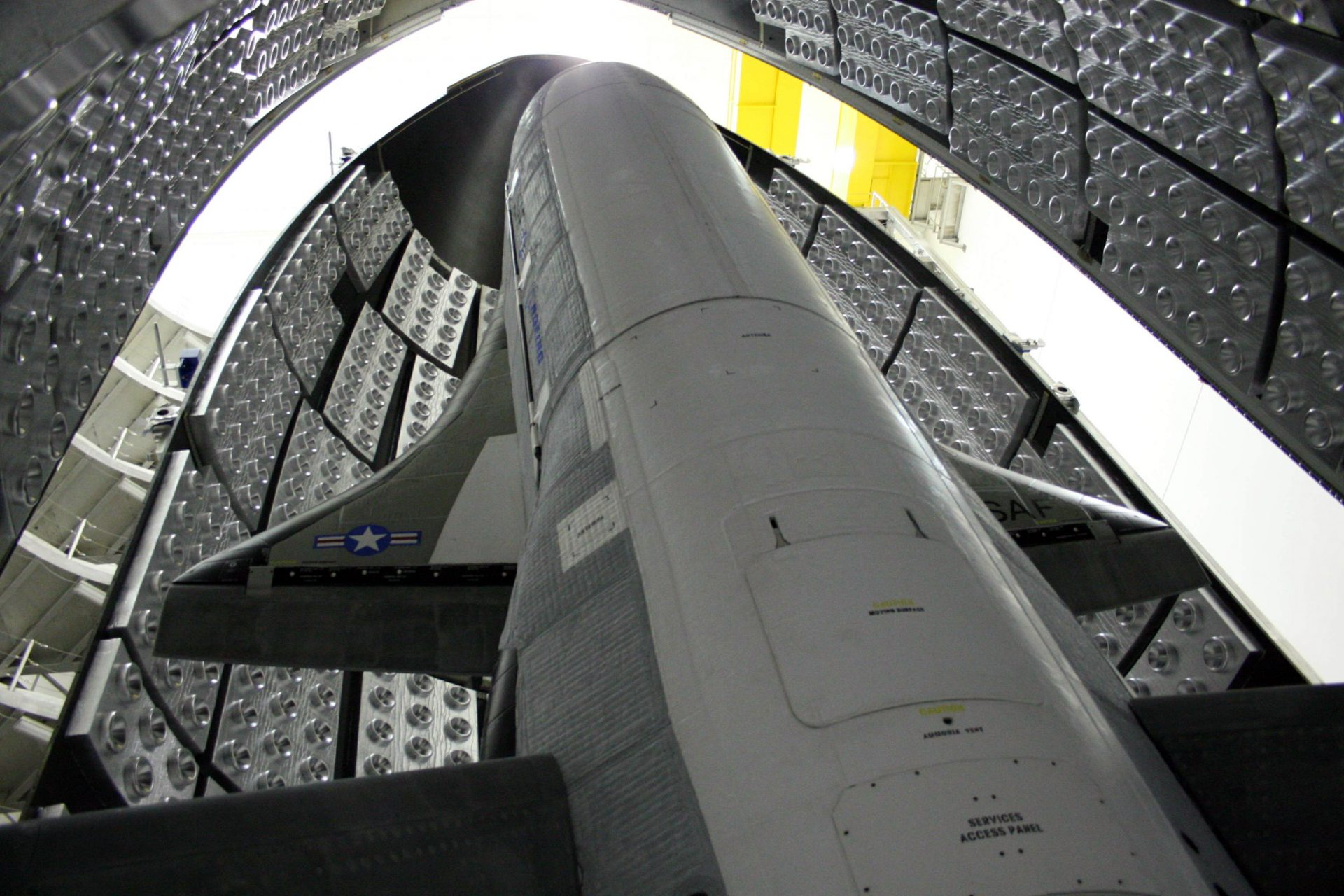The underground cathedral that keeps Tokyo from flooding
The battle between Tokyo and floods has been going on for centuries. But in the past several decades, the Japanese capital perfected the art of coping with typhonic rains and moody rivers with a flood defense system that experts consider a global wonder.
The city sits on a plain crossed by five river systems plus dozens of individual rivers that, every year, cause flooding, destruction and deaths.
Photo: Unsplash - Joseph Chan
Moreover, intense urbanisation, rapid industrialisation and imprudent water extraction, that caused some regions to sink, have exacerbated the city’s vulnerability.
In 1947, the Japanese authorities became aware of the problem and decided they had to do something. That post-war year, Typhoon Kathleen dumped 400 mm of rain in one week, devastating Tokyo; destroying 31,000 homes and taking the lives of 1,100 people.
From that moment, Japan began to invest in disaster prevention and risk reduction that led to the year 1990, when the monumental G-CANS (Outer Metropolitan Area Discharge Channel) project began.
It is a magnum engineering work capable of collecting all the floodwater in the Tokyo metropolitan area, which involves more than 5,000 square kilometers (3,107 square miles).
The G-CANS is made up of six really large containment silos, with colossal measurements that act as water collection: 35 meters (115 ft) in diameter and 65 meters (213 ft) high. The Statue of Liberty could fit in each of them.
This water is transferred to the G-CANS, the storm pool whose grandeur and majesty resemble that of a cathedral, with the exception of having a surface area of 13,000 square meters (42,650 sq ft) and a height of 25 meters (82 ft), fixed on 59 solemn concrete pillars.
This G-CANS is capable of evacuating 200 tons of water per second, which also has a pump system that allows the separation of clean water from dirty water, with the remains of asphalt.
To put it into context, this cathedral goes down to 22 meters (72 ft) below the surface and extends, through tunnels and chambers, for 6.3 kilometers (4 miles) through the subsoil of northern Tokyo.
All the water that is absorbed by this system ends up being transferred to the Edo River, which can assume this increase with relative ease.
Moreover, the G-CANS has 13,000 horsepower power pumps that can push 200 tons of water into the river, per second.
To get an idea of what these numbers mean, they would be capable of emptying an Olympic-size pool in two seconds.
All in all, as the world evolves and climate change worsens, experts say, the construction built between 1992 and 2006, with an investment of 2,000 million dollars, could be becoming obsolete or, at least, scarce.
The G-CANS was built based on the historical rainfall records in Japan and was given the capacity to withstand up to 50mm of rain per hour, especially in areas with a lot of population and housing.
But what was usual in the middle of the 20th century is beginning to be no longer so. The Japan Meteorological Agency estimates that heavy rainfall has increased in the country throughout the 21st century. And that is a problem.
Thus, from the Tokyo Metropolitan Government Construction Office it is clear that the new underground cathedrals that are being built must be larger than the one already built.
And this is how the projects currently underway by the Japanese Administration have raised the capacity to a range that oscillates between 65 and 75 millimeters of rain per hour.
And in case anyone doubts the profitability of the project, it should be noted that the number of homes damaged since the construction of G-CANS has been reduced by 90%.
Photo: Unsplash - Clement Souchet
In addition, according to official studies by the Japanese Administration, only in saving cleaning costs after the floods, the government has saved more than 1,200 million dollars.
On the other hand, the underground cathedral has become a touristic destination, both for Japanese and foreign tourists.
Flooding risk is not unique to Tokyo. Major cities like New York, Shanghai and Bangkok will become increasingly vulnerable to floods and storms as a result of climate change, experts say. So maybe this innovative solution can serve as an inspiration.
More for you
Top Stories



































